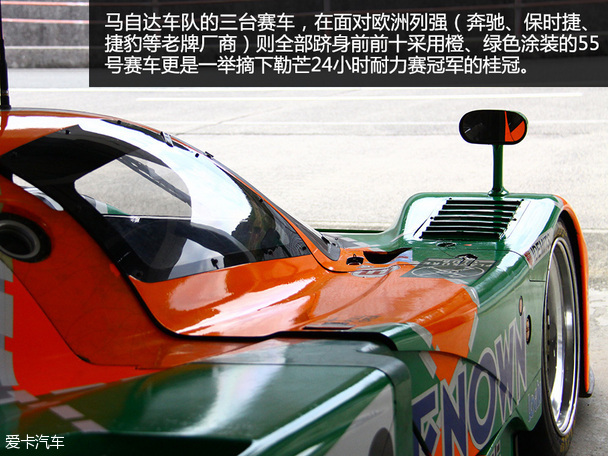Appreciate the rotor charm Mazda rotor classic model real shot
Thank you for waiting! Taking advantage of this Tokyo Auto Show, Aika Automobile visited the Fufang factory and the Meini test site in Yamaguchi Prefecture, Japan at the invitation of Mazda. Mazda RX-VISION gained a lot of popularity in Tokyo Auto Show, but its Skyactive-R has never been unveiled. However, this mystery has further increased our enthusiasm for rotary engines. After all, in addition to the rare Mazda RX-8 in China, there are only "parallel imports" RX-7 that are scattered in the south, and their appearance rate on the streets of Beijing is not even as high as that of a group of Italian supercars.

During this visit, we not only saw many models of rotary engines, but even had the privilege of driving them personally and experienced the unique charm of rotary engines. After the baptism of time, do these rotary engine models still have charm? In this article, we will take the lead in showing their posture in a static way.

Le Mans — — Mazda 787B
Speaking of the strongest rotary engine model, the first car presented in the minds of many fans must be the RX-7(FD). Indeed, as a civil rotary engine, FD is worthy of the word "strongest", but if we only consider the field of civil vehicles and ignore the performance of the stadium, it is obviously impossible to say all the charm of rotary engines. When it comes to the most legendary Mazda rotor model on the field, I believe you have already heard the story of Mazda 787 family in Le Mans.

In fact, as early as 1983, Mazda had begun to participate in the newly established Le Mans Group C Junior race with the prototype racing car code 717C (Group C Junior, with a minimum vehicle weight of 700 kg, a maximum fuel tank capacity of 55 liters, and the specified replenishment times within 25 times). Mazda, who first entered Le Mans, showed strong strength. With more and more racing experience, Mazda also launched a series of prototype cars of Le Mans, such as 727C, 737C, 757 and 767/B, but missed the title of Le Mans several times.

Until June 23, 1991, the champion of C2 group in Le Mans 24 Hours was taken away by a Japanese racing car for the first time, and this racing car was officially the 787B model of Mazda 787 family. It not only became the first Japanese racing car to win the championship in Le Mans, but also the only one that used rotor engines.

Its code name is R26B four-rotor engine, which is based on the 13J-MM model of 767. Structurally, two twin-rotor engines are connected in series, and each rotor is attached with three spark plugs. The displacement of a single rotor is 654ml, and the total displacement is 2616ml, which can output the maximum power of 700ps at 9000rpm (it is said that the maximum power of this model can reach 800ps at 10000rpm, but considering that the engine needs to run under continuous high working conditions for 24 hours in the competition, a conservative setting of 700ps/9000rpm is adopted).
In this year’s 24 Hours of Le Mans, a total of 44 world-class cars competed in the same race. Facing the harsh competition environment, only 12 cars finally finished the race. The three racing cars of Mazda Team are all among the top ten (ranked first, sixth and eighth respectively) under the siege of European powers (Mercedes-Benz, Porsche, Jaguar and other established manufacturers), and the No.55 racing car painted with orange and green is the champion of the 24 Hours of Le Mans in one fell swoop.

However, with the arrival of the 1992 season, the FIA cancelled the C2 group of the 24 Hours of Le Mans, and Mazda’s rotor legend in Le Mans became a swan song with the end of the 1991 season.




It’s a little pity that the 787B No.55 car that won the Le Mans Endurance Championship was not the one that appeared in this visit, but the JSPC-style 787B No.3 car in 1991. Speaking of the naming of the 787 car series, there is also an interesting story. As the successor of the 767B car series, Nigel Stroud, the designer of 787, intended to use 777 as the code name of the new car, but because the pronunciation of "777" in Japanese is very awkward (in Japanese, 7 is pronounced as "ななな" when used as a quantifier, and its pronunciation is similar to "NaNa", so 777 will be pronounced as "nana". Therefore, the number will be postponed to 787.